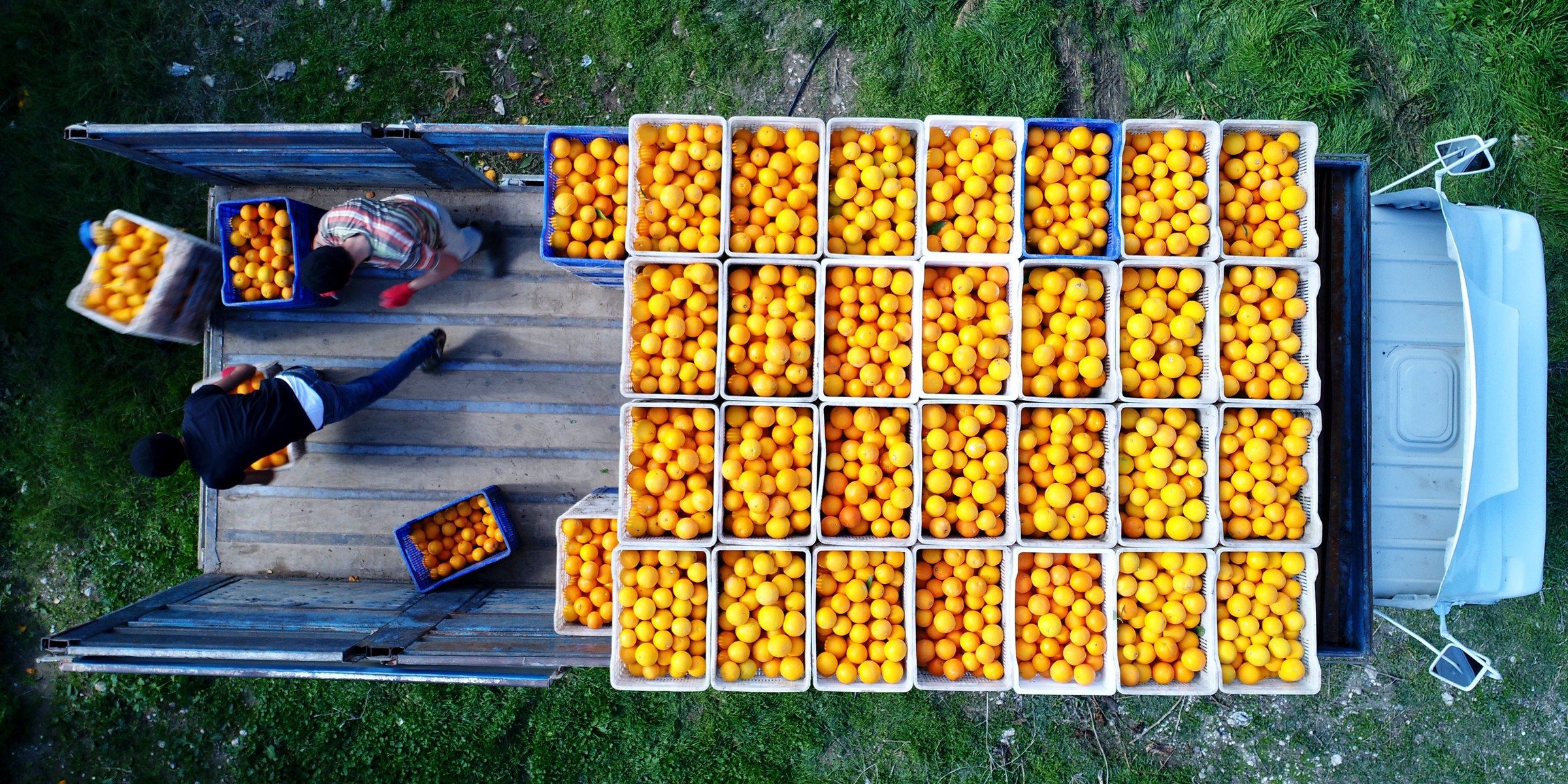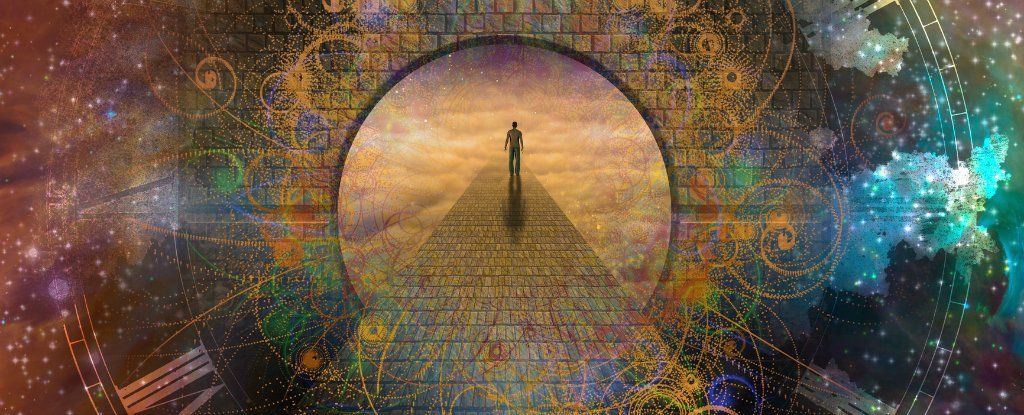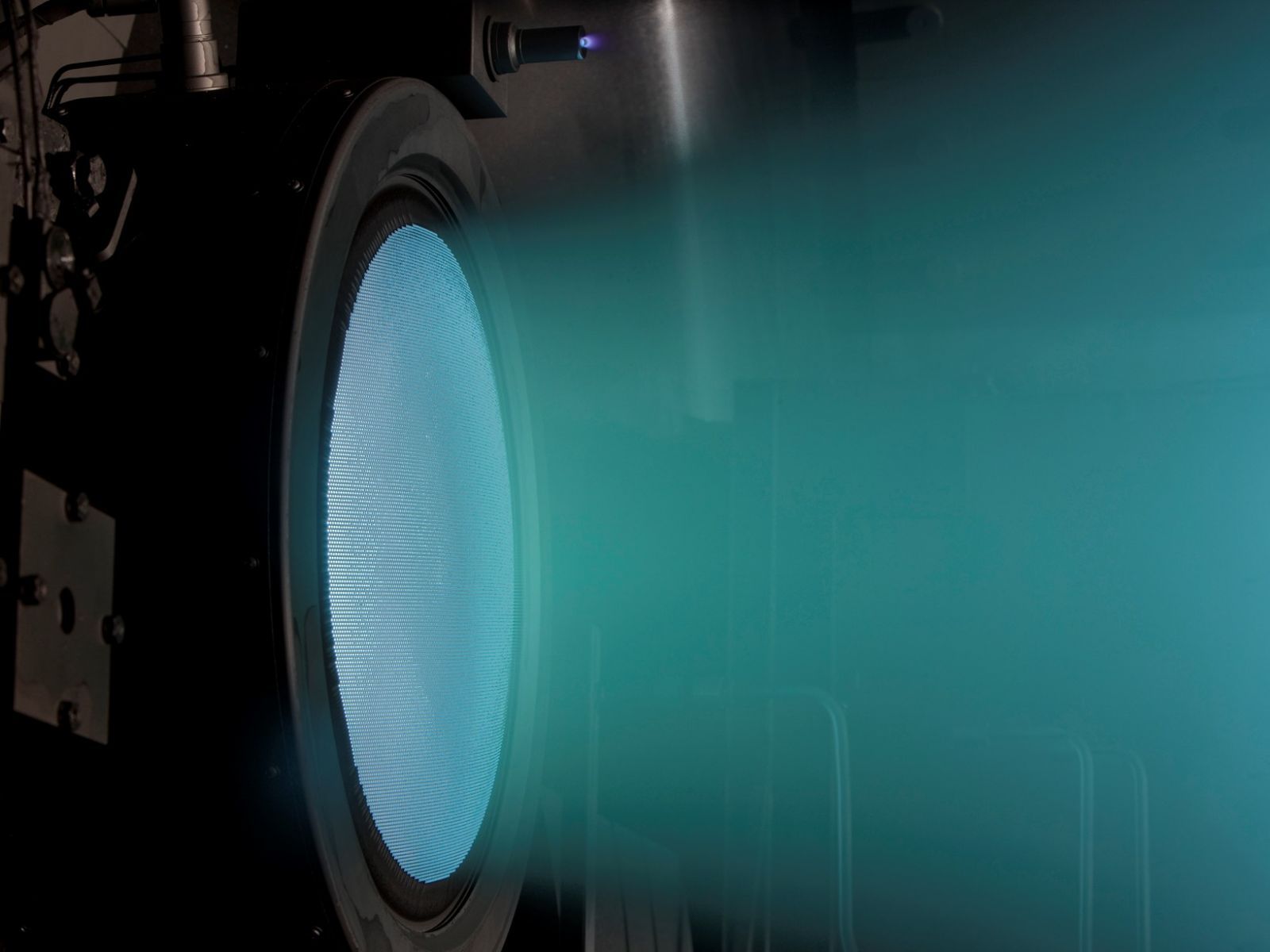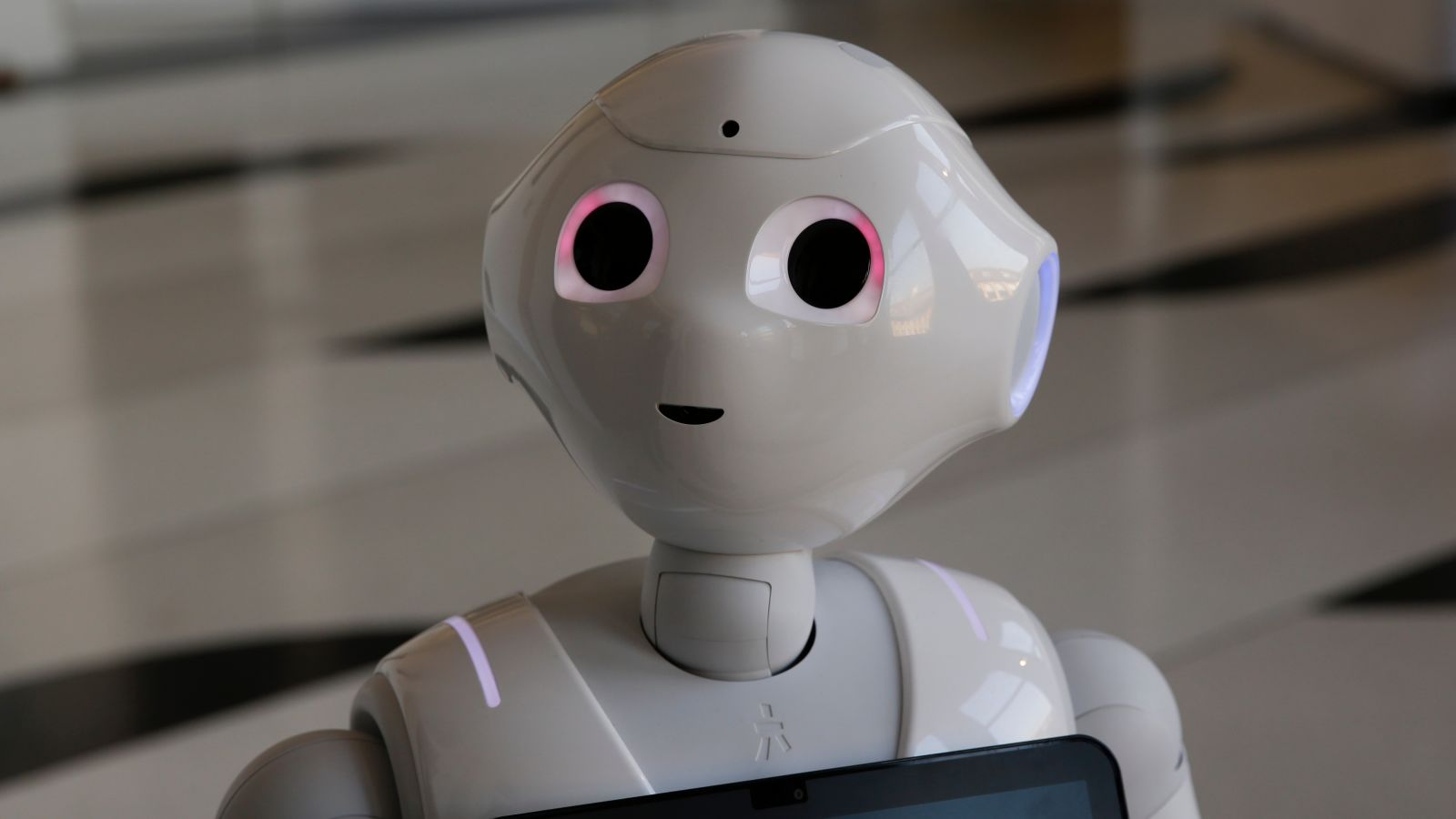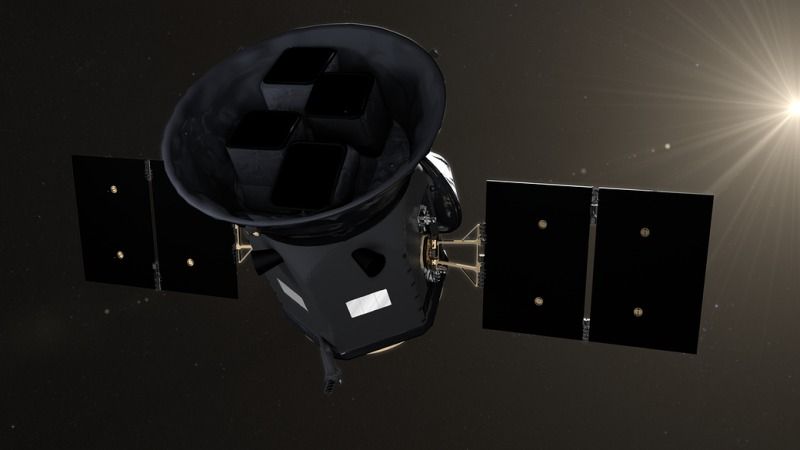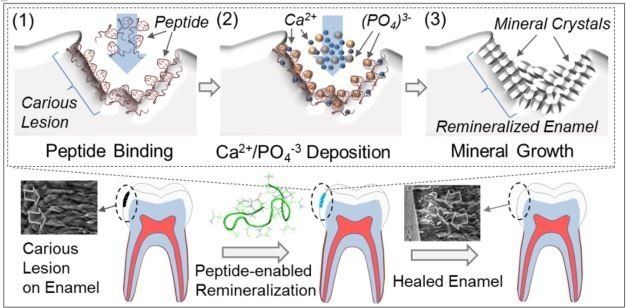Page 9534
Apr 14, 2018
If You Thought Quantum Mechanics Was Weird, Check Out Entangled Time
Posted by Genevieve Klien in categories: particle physics, quantum physics
In the summer of 1935, the physicists Albert Einstein and Erwin Schrödinger engaged in a rich, multifaceted and sometimes fretful correspondence about the implications of the new theory of quantum mechanics.
The focus of their worry was what Schrödinger later dubbed entanglement: the inability to describe two quantum systems or particles independently, after they have interacted.
Until his death, Einstein remained convinced that entanglement showed how quantum mechanics was incomplete. Schrödinger thought that entanglement was the defining feature of the new physics, but this didn’t mean that he accepted it lightly.
Continue reading “If You Thought Quantum Mechanics Was Weird, Check Out Entangled Time” »
Apr 14, 2018
NEXT-C electric propulsion engine poised for production
Posted by Genevieve Klien in categories: futurism, space travel
The NEXT-C ion propulsion engine has successfully completed a Critical Design Review conducted by NASA and is planned for use on the agency’s 2021 DART (Double Asteroid Redirection Test) mission. With the CDR finished, the next step in the process should be the production of actual flight units.
NEXT-C stands for NASA’s Evolutionary Xenon Thruster-Commercial and was developed by the space agency and commercialized by Aerojet Rocketdyne.
“Serving as the primary propulsion source for DART, NEXT-C will establish a precedent for future use of electric propulsion to enable ambitious future science missions,” said Eileen Drake, CEO and President of Aerojet Rocketdyne via a company-issued release. “Electric propulsion reduces overall mission cost without sacrificing reliability or mission success.”
Continue reading “NEXT-C electric propulsion engine poised for production” »
Apr 14, 2018
Google futurist and director of engineering: Basic income will spread worldwide by the 2030s
Posted by Genevieve Klien in categories: bioengineering, biotech/medical, economics, employment, Ray Kurzweil, robotics/AI
- Basic income will be widespread by the 2030s, according to Google futurist and director of engineering Ray Kurzweil.
- Kurzweil is known for making seemingly wild predictions. In 2016, he predicted that by 2029, medical technology will add an extra year to human life expectancies on an annual basis.
- ” We’re going to have more and more powerful technology to keep our physical bodies going. We’ll think, ‘Wow, back in 2018, people only had one body, and they couldn’t back up their mind file,’” he said onstage at TED.
As it becomes apparent that artificial intelligence will replace ever-more jobs in the coming years, a growing number of politicians, nonprofits, and Silicon Valley entrepreneurs have started thinking about how we’ll cope with a world in which not everyone can — or needs to — work.
Basic income experiments, in which people are given a regular salary just to live, no strings attached, are popping up all over Europe, Africa, and North America.
Apr 14, 2018
Einstein’s ‘Dice of God’ Has Been Used to Generate Truly Random Numbers
Posted by Genevieve Klien in categories: encryption, quantum physics
Locking up super-secret information with digital encryption has become even more secure with the production of numbers that aren’t just ‘nearly random’, but are truly unpredictable in every sense of the word.
Using the data generated by a three-year-old experiment on quantum entanglement, the US National Institute of Standards and Technology (NIST) recently generated codes that are guaranteed to be one of a kind, and it could set a new landmark in communications.
On one level, randomness is an easy thing to grasp. We flip coins, roll dice, and pick cards with a basic sense that the outcome can’t be easily predicted.
Continue reading “Einstein’s ‘Dice of God’ Has Been Used to Generate Truly Random Numbers” »
Apr 14, 2018
New AI systems on a chip will spark an explosion of even smarter devices
Posted by Genevieve Klien in categories: internet, mobile phones, robotics/AI
Artificial intelligence is permeating everybody’s lives through the face recognition, voice recognition, image analysis and natural language processing capabilities built into their smartphones and consumer appliances. Over the next several years, most new consumer devices will run AI natively, locally and, to an increasing extent, autonomously.
But there’s a problem: Traditional processors in most mobile devices aren’t optimized for AI, which tends to consume a lot of processing, memory, data and battery on these resource-constrained devices. As a result, AI has tended to execute slowly on mobile and “internet of things” endpoints, while draining their batteries rapidly, consuming inordinate wireless bandwidth and exposing sensitive local information as data makes roundtrips in the cloud.
That’s why mass-market mobile and IoT edge devices are increasingly coming equipped with systems-on-a-chip that are optimized for local AI processing. What distinguishes AI systems on a chip from traditional mobile processors is that they come with specialized neural-network processors, such as graphics processing units or GPUs, tensor processing units or TPUs, and field programming gate arrays or FPGAs. These AI-optimized chips offload neural-network processing from the device’s central processing unit chip, enabling more local autonomous AI processing and reducing the need to communicate with the cloud for AI processing.
Continue reading “New AI systems on a chip will spark an explosion of even smarter devices” »
Apr 14, 2018
Experts Sign Open Letter Slamming Europe’s Proposal to Recognize Robots as Legal Persons
Posted by Derick Lee in categories: ethics, law, robotics/AI
Over 150 experts in AI, robotics, commerce, law, and ethics from 14 countries have signed an open letter denouncing the European Parliament’s proposal to grant personhood status to intelligent machines. The EU says the measure will make it easier to figure out who’s liable when robots screw up or go rogue, but critics say it’s too early to consider robots as persons—and that the law will let manufacturers off the liability hook.
This all started last year when the European Parliament proposed the creation of a specific legal status for robots:
so that at least the most sophisticated autonomous robots could be established as having the status of electronic persons responsible for making good any damage they may cause, and possibly applying electronic personality to cases where robots make autonomous decisions or otherwise interact with third parties independently.
Apr 14, 2018
Go On A 4K Joyride Around The Moon, Courtesy of NASA
Posted by Michael Lance in category: space travel
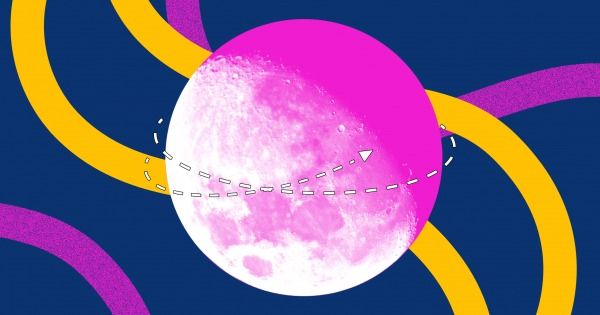
We’re so close to getting (back) to the Moon, we can practically taste it. Let’s face it, the Moon is really cool, from it’s highlands down to its massive crater basins. Even Donald Trump is entranced, and has directed NASA to get us back there.
Well today, NASA’s got a little something to wet our whistle. Its Lunar Reconnaissance Orbiter (LRO) mission has been closely examining the Moon’s surface since June 2009, and has been beaming fascinating footage of our only natural satellite back to Earth since then.
Continue reading “Go On A 4K Joyride Around The Moon, Courtesy of NASA” »
Apr 14, 2018
NASA’s New Planet-Hunting Satellite Is Ready to Launch on Monday
Posted by Michael Lance in category: satellites
Apr 14, 2018
Peptide-based biogenic dental product may cure cavities
Posted by Shane Hinshaw in categories: biotech/medical, engineering, health
Researchers at the University of Washington have designed a convenient and natural product that uses proteins to rebuild tooth enamel and treat dental cavities.
The research finding was first published in ACS Biomaterials Science and Engineering.
“Remineralization guided by peptides is a healthy alternative to current dental health care,” said lead author Mehmet Sarikaya, professor of materials science and engineering and adjunct professor in the Department of Chemical Engineering and Department of Oral Health Sciences.
Continue reading “Peptide-based biogenic dental product may cure cavities” »
